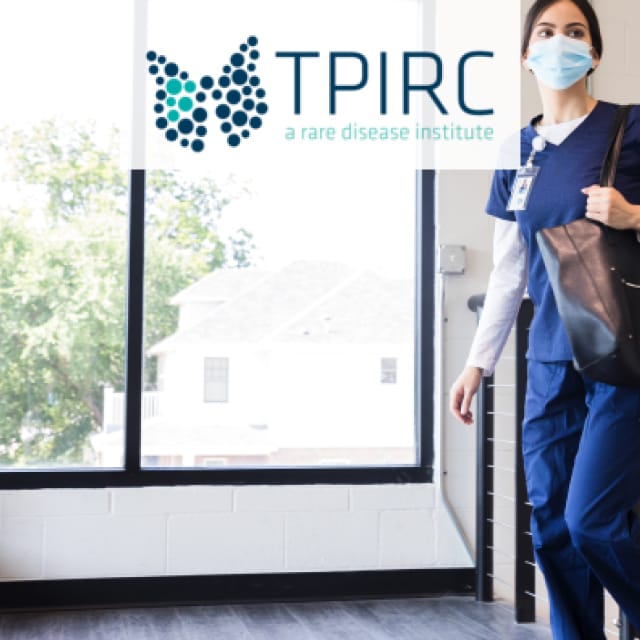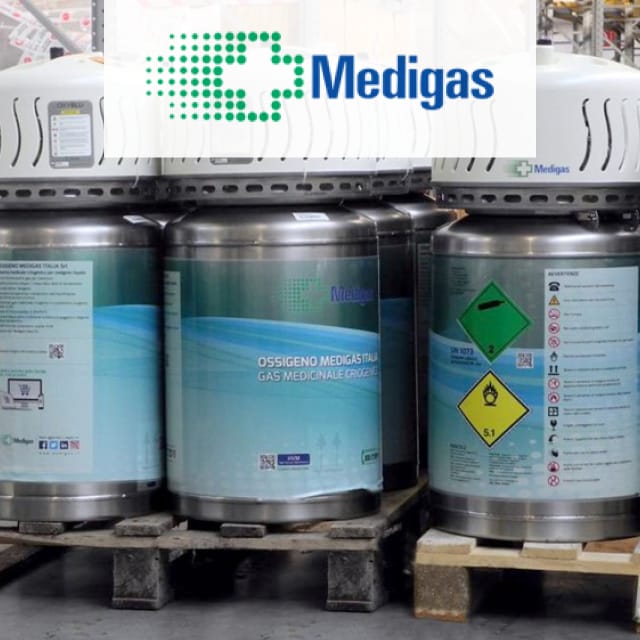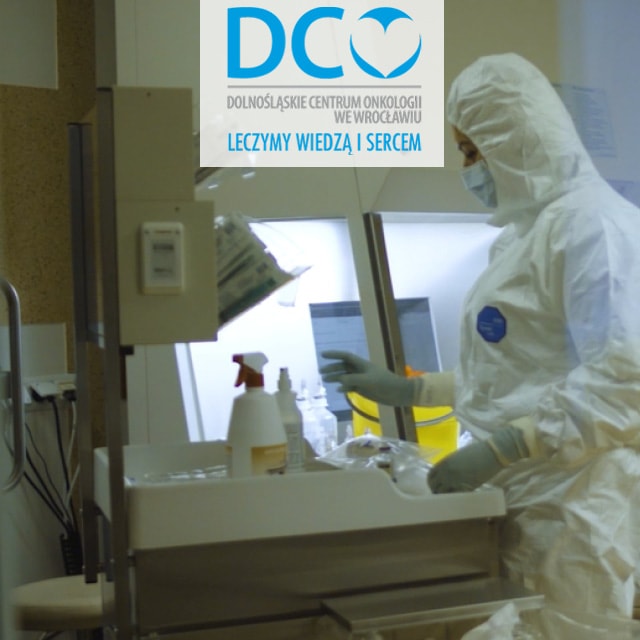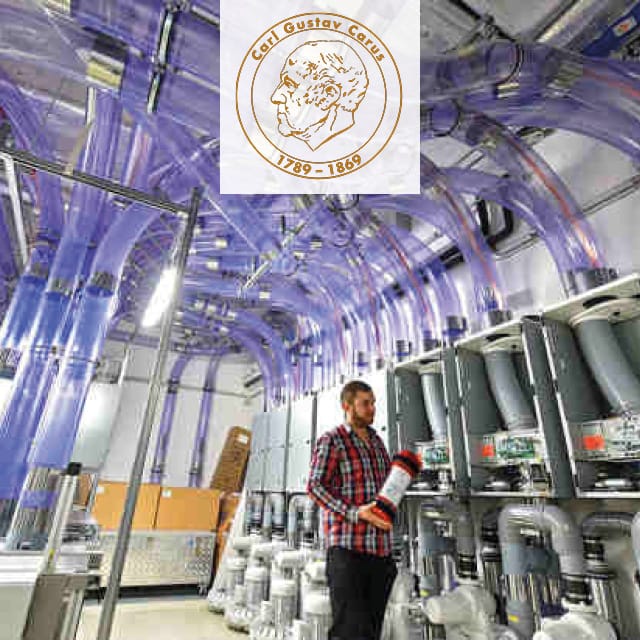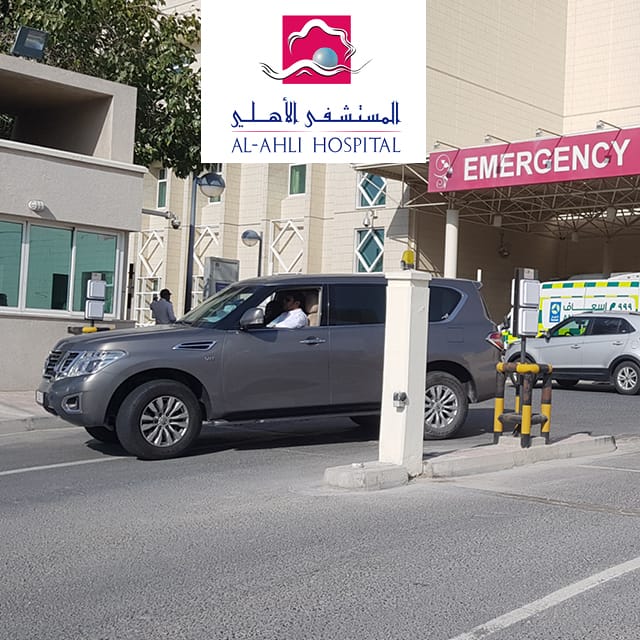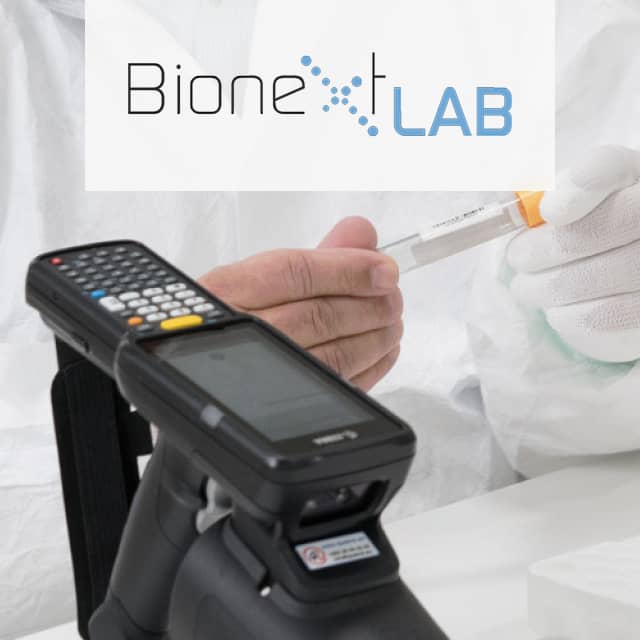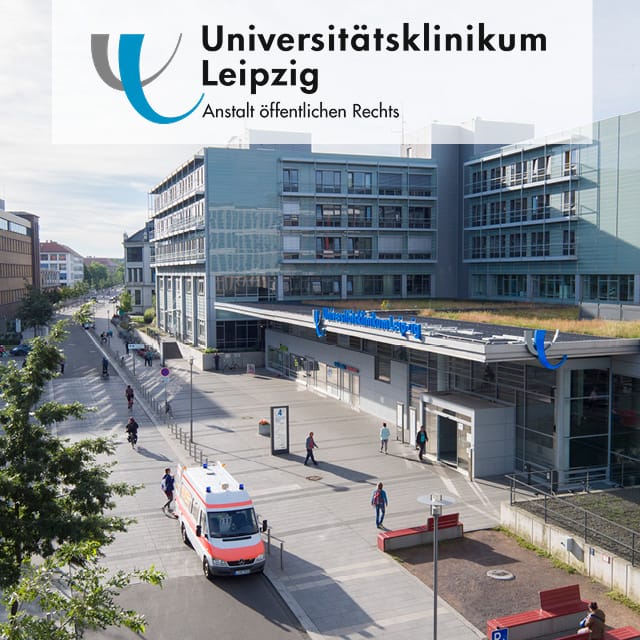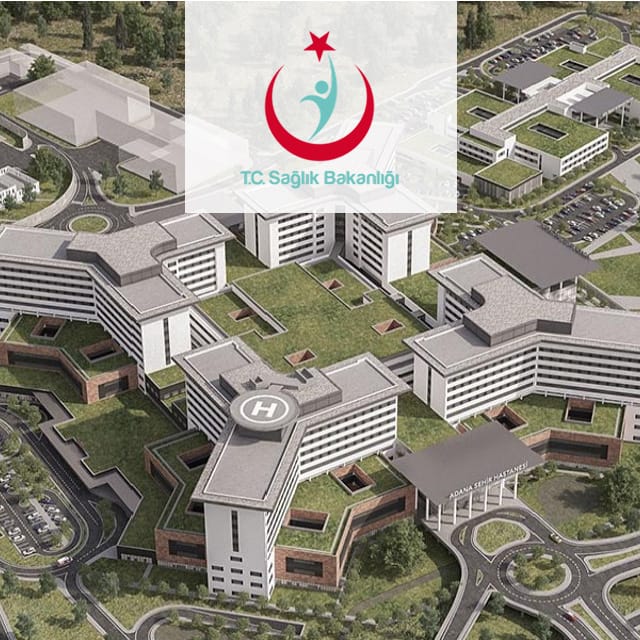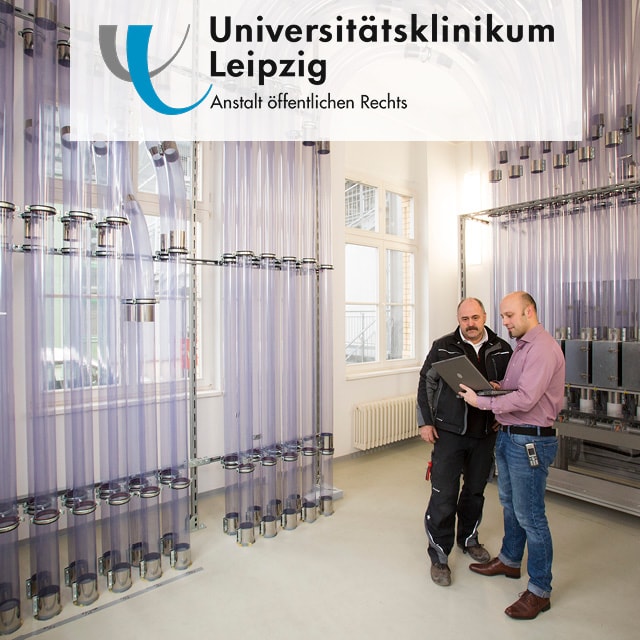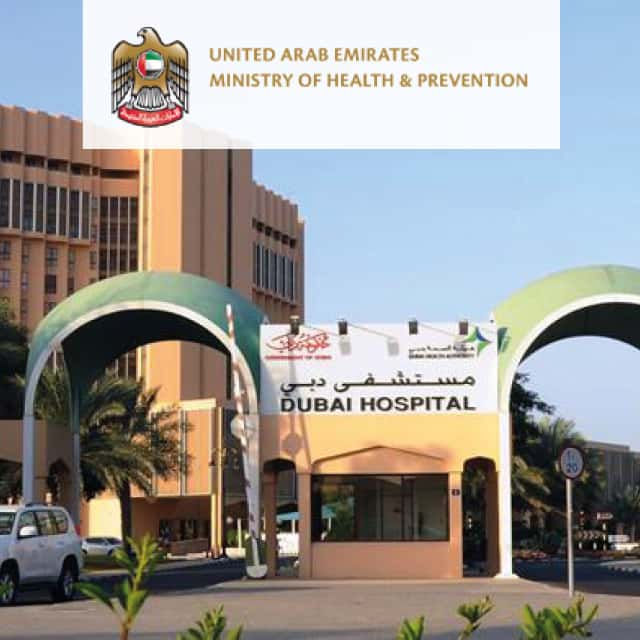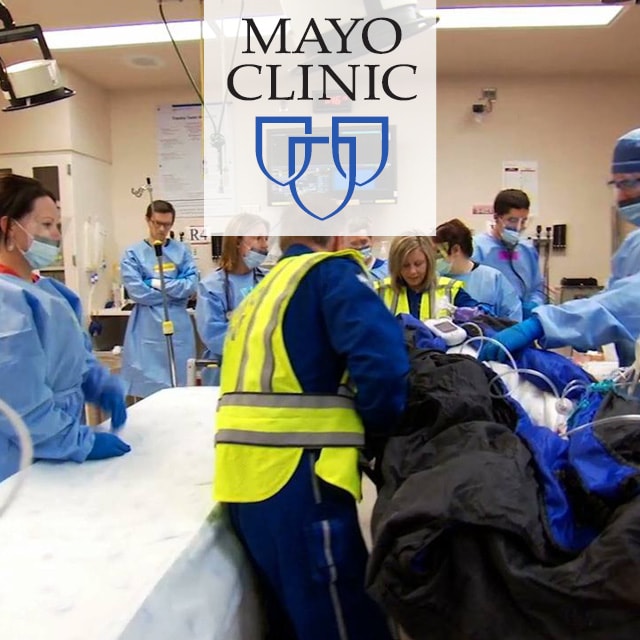
200 UHF Readers Monitor 73 Rooms of the Emergency Hospital
The Mayo Clinic in Rochester (Minnesota/USA) locates patients and staff in the emergency room with an RFID-based RTLS.
Each patient and staff member is individually identified by a bracelet or badge equipped with an RFID transponder. Each device in the emergency room is also tagged with an RFID label.
Each year, the Mayo Clinic treats more than 1.3 million patients from over 135 countries at four locations. Approximately 65,000 people are employed in the clinics.
Process Requirements
The medical emergency center at the Rochester site has 73 rooms on a total area of 5,000 square meters. More than 190 patients are treated every day.
The manual assignment and short-term localization of patients, doctors, nursing staff and available rooms was a time-consuming and error-prone process.
Objective:
- To improve the quality of emergency care by organizing patient care more efficiently.
- Determining the individual intensity of care for each patient
- Improving the localization of medical devices and their logistics
Solution
To record all movements of patients and staff, more than 200 RFID readers with three to four external antennas each, were integrated into the ceiling construction of the building.
The distance between the installed readers is 1.8 to 2.4 meters - depending on the required precision of the localization.
Normally, the information that a person or a medical device is in a room is sufficient. In some special, more larger rooms it is essential to know whether a patient is on the left or right side of the room.
To protect privacy, no RFID hardware is installed in the washrooms. During the breaks, there is no tracking of employees outside the emergency clinic.
Advantages
- No patient is left unattended for a long period of time
- Treatment errors due to mix-ups are eliminated.
- Localization of patients and staff in real time
- Device searching times are minimized
- Contact tracing in case of detected infectious diseases: Determines which employee was in contact with the infected patient
Learn More
Questions? Get in contact with the editorial team!
Technologies
Application Fields




